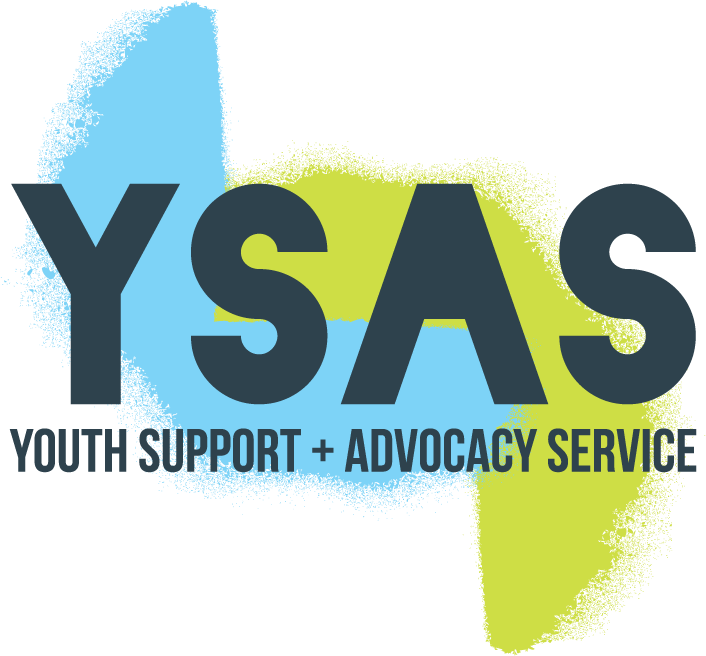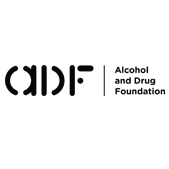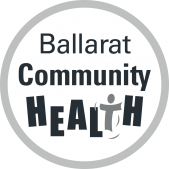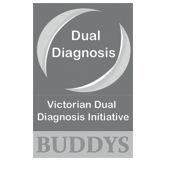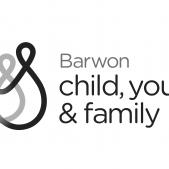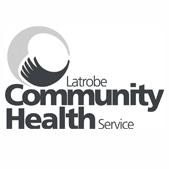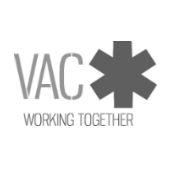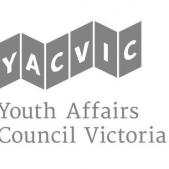Practice
Is “The relationship” even more important for coerced clients?
AOD counselling is the last place she wants to be but her order says she has to. What do we need to consider when working with young people who are forced into treatment?
Research into “what works” in AOD treatment repeatedly confirms that the quality of the relationship between the client and a worker/therapist is one of the most important factors in successful outcomes. More important, in fact, than the technique or model used by the therapist.
A review of research into AOD treatment in criminal justice settings or where clients are legally required to attend treatment suggests that if anything, the quality of the relationship may be even more important in circumstances where clients are coerced.
According to one study in the review, feeling understood and having experiences of someone centred on them who wants to help and support are more important for clients under criminal justice supervision than for voluntary patients.
With last year’s Youth AOD Census revealing such a large proportion of young people in Youth AOD treatment with a current or past history of Justice System contact, this is important news for workers supporting young people with AOD issues.
For more tips and advice check out the Youth AOD toolbox section Engaging clients under coercion.




